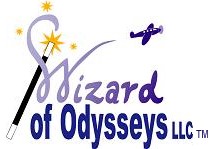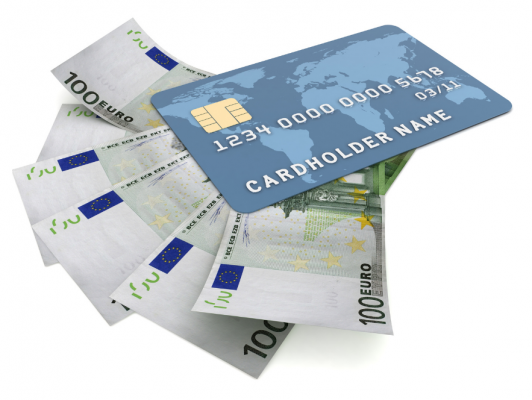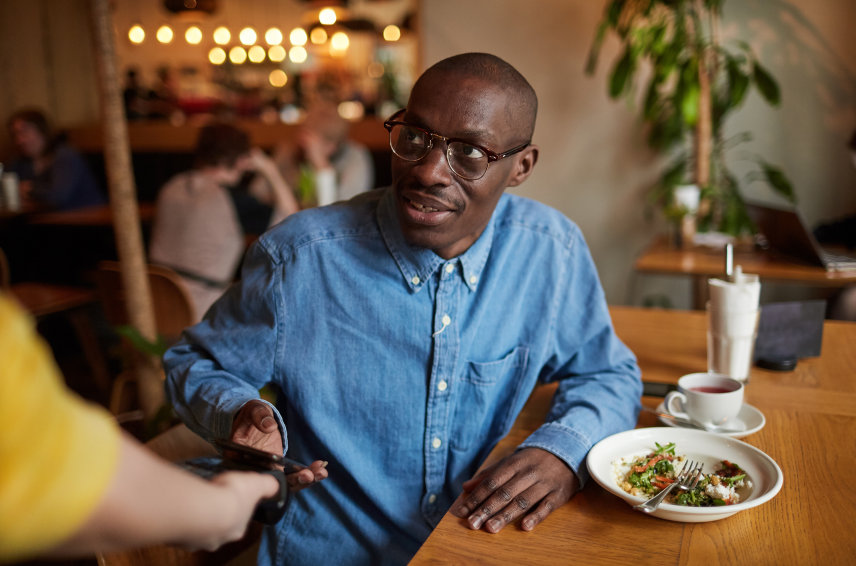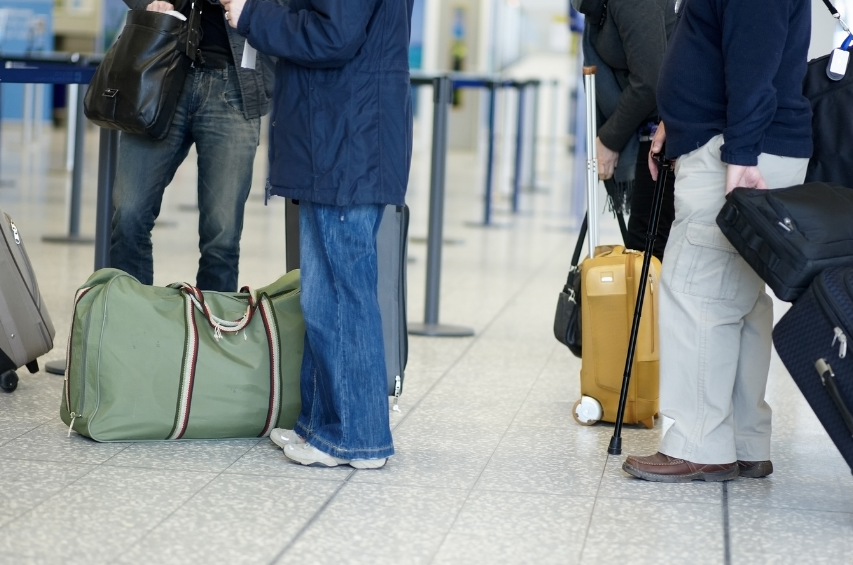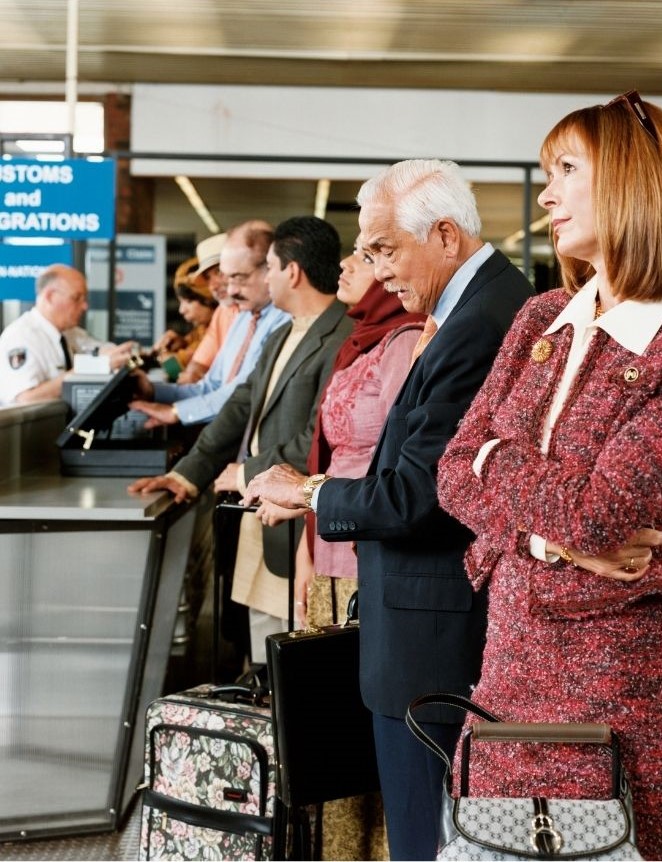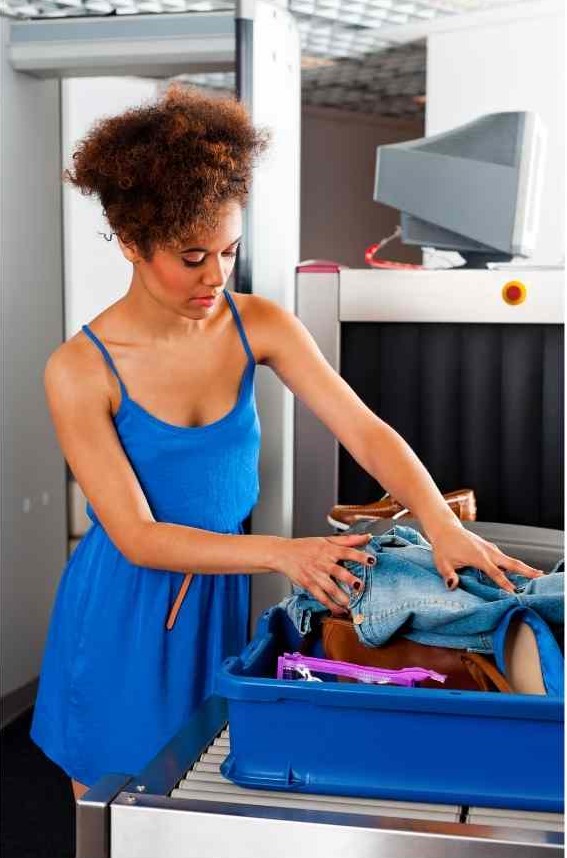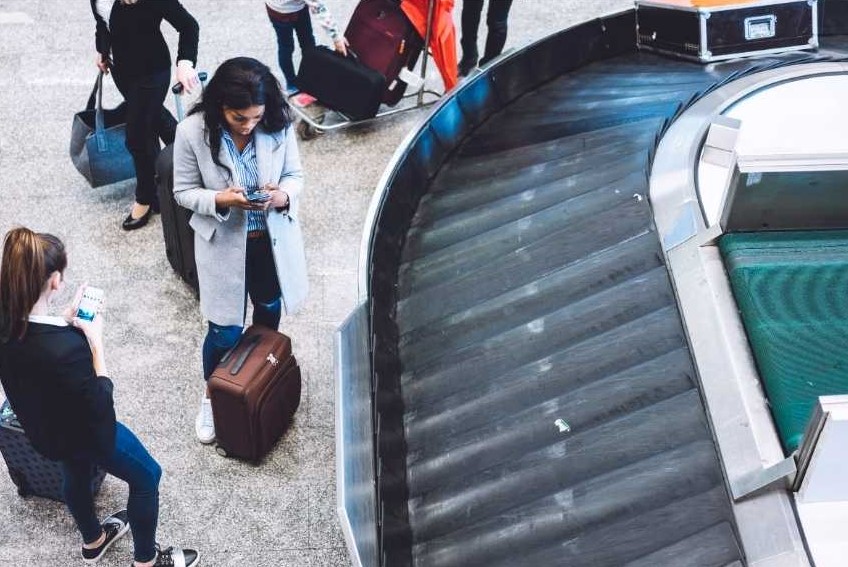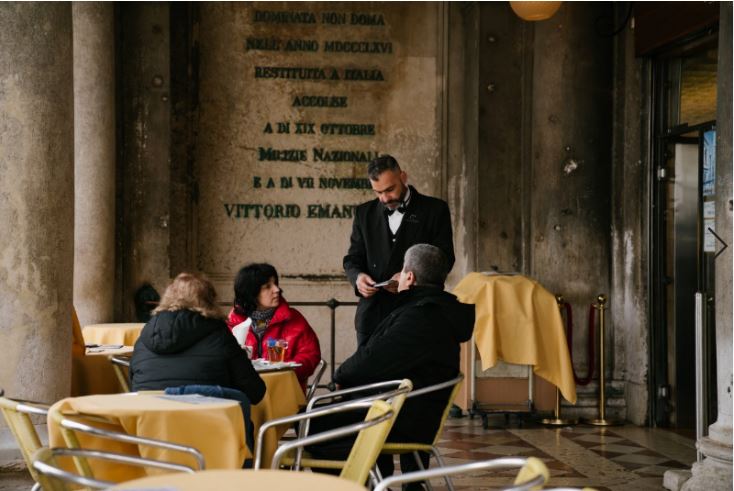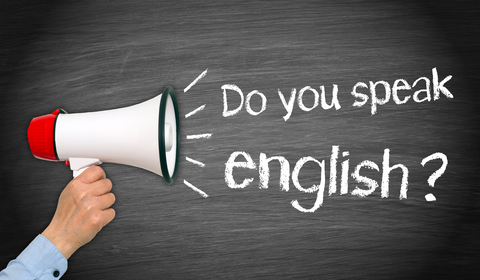One of the most frequent questions received concerns money/foreign currency while traveling. It used to be that you headed to the bank and purchased travelers checks, remember those? These are now not recommended. Merchants and banks in many countries do not want to accept them. For a good portion of the world, particularly if part of your time will be in city, information in this article will pertain. Third world countries and remote areas may differ. I recommend checking 6-8 weeks prior to departure for all destinations as situations can change.
For large sums, credit cards provide the best payment method. In many countries, the card will never leave your sight, even in restaurants. Even better, pay for higher priced arrangements, including hotel, rental car, rail, sightseeing and activities in advance so you have the peace of mind knowing that much of your trip is paid before you depart. For small purchases, check to see if there is a difference in price or surcharge when using a credit card. Remember, not all shops, restaurant, taxis, etc. will accept a credit card so always have currency on hand.
For local currency, I recommend obtaining approx. 1-2 days spending needs prior to your departure. Most regional and nationwide banks can supply most currencies with notice of several days. Some banks, like Bank of America, allow you to order foreign currencies thru your online account. The currency is then sent to a local branch or directly to your home. This can help you avoid high exchange fees found at airports in many countries and eliminate the need to stop to exchange money after a long flight.
ATMs are my recommended source for local currency during your trip. Your ATM card will have symbols for their affiliated ATM networks on the card, including Cirrus, Maestro, Visa, Mastercard, Star and others. As long as one of the symbols on your card is also on the ATM, your card will be accepted using your regular pin.
Finally, become familiar with the exchange rate(s) for the destinations to which you will be traveling prior to your trip. Devise ways that work for you to help you to be able to quickly convert from the local currency to dollars. There is nothing worse than figuring out you paid too much for an item.
Having a strategy and plan before you depart is one more way to increase the enjoyment of your trip and may save you some money that you can use for one more little splurge before you return home.
My job is to ensure you have a wonderful trip. Call me so I can make your next trip easy and memorable!
